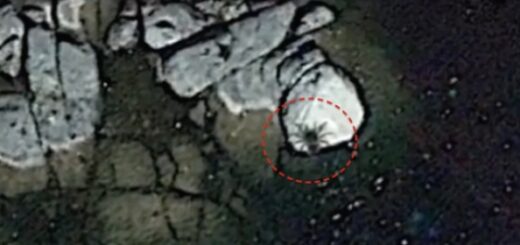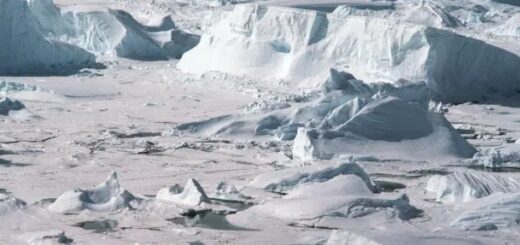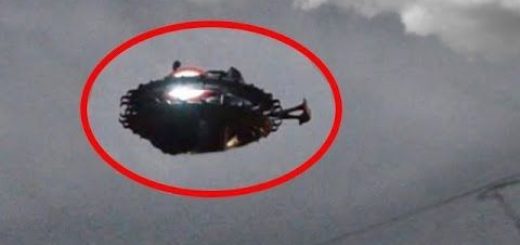The 1989 Nashville, Tennessee Photographs

THE PHOTOGRAPHER'S STORY
An experienced photographer was driving in a remote area near Nashville,
Tennessee on the night of July 14, 1989. He saw a light behind the trees on
top of a mountain several miles away at about 9:00 PM. He stopped his car,
opened the trunk, picked up two cameras, a Canon AE-1 and a Canon T-90, that
had previously been loaded with film. He started walking toward the bright
light.
The light came over the mountain several miles away and he started
taking pictures with the cameras. He noticed a coronal discharge from around
the perimeter of the object. It appeared to be materializing and coming into
his vision.
The bright light continued moving toward him. He aimed the
camera at the light and started taking photos. His first photo was taken
about 30 degrees above the horizon. When the object stopped he was shooting
at about 50 degree up with the object still about four to six miles away.
The photographer states, "I had a feeling that the craft was behind the
mountain waiting for me and when it appeared it felt like I was in another
world, the sounds were far, far away." He looked at the object but could not
see any definition, the light was far too bright and too far away.
When he looked through the lens the craft was sharp and vivid. The craft was
visible for more than five minutes, but less than ten. It seemed like forever. He
changed the lens package from the T-90 to the AE-1 camera and continued
shooting using all his film.
He felt he was not in control of what was happening. He remembers constantly
pushing the buttons on the back of the T-90, each time he made a change it
sharpened the image.
The T-90 Canon with his lens package cost $3,400.00. It has four computer chips
and at the time was one of the most professional cameras you could buy when
purchased in 1985."
There were other witnesses, but they have been reluctant to come forward.
They also were taking pictures, but the field around the craft interfered with
the film as the craft moved away.
They did not have high magnification lens so there was not enough
definition to make the craft identifiable. The photographer has had a recent
heart attack and an auto accident and does not want his name revealed.
 |
 |
(click on image for full size)
The Canon T-9- was set up with a spacer, two 2-2 X multipliers and 500 mm
mirror lens with five filters. The lens package was 2000 mm plus. The speed
of the film using the film push process is close to 3000. The camera was set
up to take scenery at a distance.
The computerized camera with computer chips was set to open the aperture as wide
as possible. Commander Graham Bethune. was told by Bill Sherwood of Kodak that
the object photographed with this package used on the camera was about five miles
distant and would be 100 feet in diameter.
ASA Kodak 400 or above film was used. Push processing was
ordered when developing the film.
FILM ANALYSIS
Analysis of the film shows unusual colors not normally seen in any lighted
object. The colors indicate a coronal discharge similar to the Aurora
Borealis (Northern Lights.)
The photographs show a craft with approximately 32 red, white and blue
perimeter lights. These lights are not used in normal aircraft configuration.
At times they appear all red. At other times they are all white.
Sometimes outer perimeter lights appear mixed in color
indicating they may have the ability to change color.
 |
 |
(click on image for full size)
Inside the outer perimeter lights are panels of lights. These also appear to
have the ability to change color. Although they are predominantly white they
are sometimes seen as partially red or black.
Assuming the craft is 100 feet in diameter these outer panels take up about
40 feet or 20 feet on each side.
Below the center of craft there appears to be a crystal or lights with
crystal like appearance. Generally these lights appear blue. craft appears
to rotate in the photos. Graham gave me his word that these were authentic
photographs of an actual flying craft to the best knowledge.
He has known the photographer for 24 years and the man worked for him
for ten years. He has always been know to tell the truth and was of high character.
Editor's Note: I have observed a UFO at close distance. The colors of the smoke
probably are a coronal discharge similar to what I saw.
The lights themselves have an unusual depth of color. When you look at a colored
light it is normally a white light covered by a lens of red, yellow, green, blue etc.
The lights on the craft appear as if the light contain the actual color. There is a
vividness of color that is difficult to describe that appears to be in these photos.
The fog or plasma is penetrated by the powerful lights shining downward.
The lights extend down for an estimated seventy-five feet to one hundred plus
feet and seem to stop abruptly. Duplication of this capability is exceptionally
difficult to accomplish with any normal lights.
I have never seen lights that have these properties except on a UFO, nor
have I seen comparable photography.
I have over 5000 hours flying time and taken thousands of photographs.
I would be very interested in any similar photographs or videos of a comparable craft.



 Creators of mankind
Creators of mankind Description of “Tall white aliens”
Description of “Tall white aliens” Where they came from?
Where they came from? About hostile civilizations
About hostile civilizations The war for the Earth
The war for the Earth “Tall white aliens” about eternal life
“Tall white aliens” about eternal life Video: “Nordic aliens”
Video: “Nordic aliens” Aliens
Aliens Alien encounters
Alien encounters The aliens base
The aliens base UFO
UFO Technology UFO
Technology UFO Underground civilization
Underground civilization Ancient alien artifacts
Ancient alien artifacts Military and UFO
Military and UFO Mysteries and hypotheses
Mysteries and hypotheses Scientific facts
Scientific facts


















